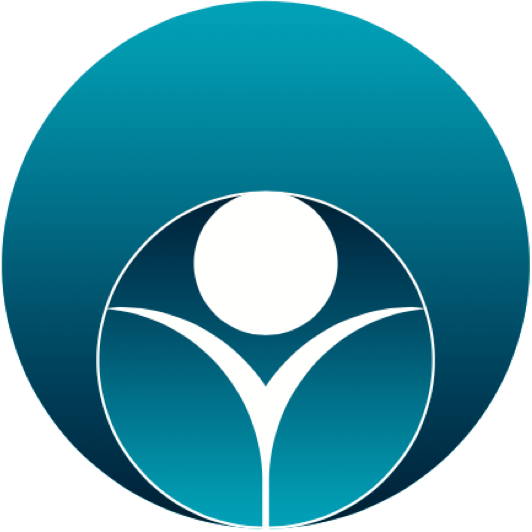It is recommended that user stories are created to identify and document requirements. This implementation guide uses non-technical stories as the foundation for identifying requirements and mapping to Care Connect profiles. This provides a reference point to help with the identification of requirements and profiles. Within the initial phase of the Care Connect API roadmap, on behalf of INTEROPen, NHS Digital are building a catalogue of user stories to support proof of concept work. The vision for this catalogue is that it can be opened up for direct contributions from the community providing a referenceable catalogue, linking requirements, solutions and case studies providing further education back to the community.
Why User Stories?
User stories provide the following benefits when considering the clinical needs being addresses by the interface:
- User stories have an emphasis on verbal communication which removes the expectation that a detailed description is required, deferring detail, relying instead on a continual conversation between the customer and the provider to clarify details. This results in a lightweight (but iterative) mechanism that can be more easily understood by the clinician; ultimately making it easier for them to contribute directly. User stories are comprehensible to everyone, from the developer to the clinician.
- Given that it is now more readily acknowledged that we cannot identify all requirements up front, user stories support a more opportunistic approach to development that doesn’t rely on the clinician being able to define the exact needs in advance, and not reliant of developers fully comprehending the need from a written statement. Continual discussion of the requirements by the team also encourage a more participatory design approach, that promotes the accumulation of knowledge amongst the team, as the story is refined and elaborated throughout a development process. Ensuring a feedback loop within the Care Connect Interoperability process is essential to this approach.
The accessibility of user stories over more complex and solution specific approaches to requirements gathering that make them an ideal tool to support ongoing engagement from community. As knowledge develops and the library of user stories grow, it will accelerate the delivery of FHIR based solutions by providing an extensive and reusable mapping. Given the suitability of user stories for planning and as a basis for an iterative development process they will also offer an asset for consumers at a management level working in an agile environment.
Click Here for more information on how we create user stories for Care Connect.
 INTEROPen
INTEROPen